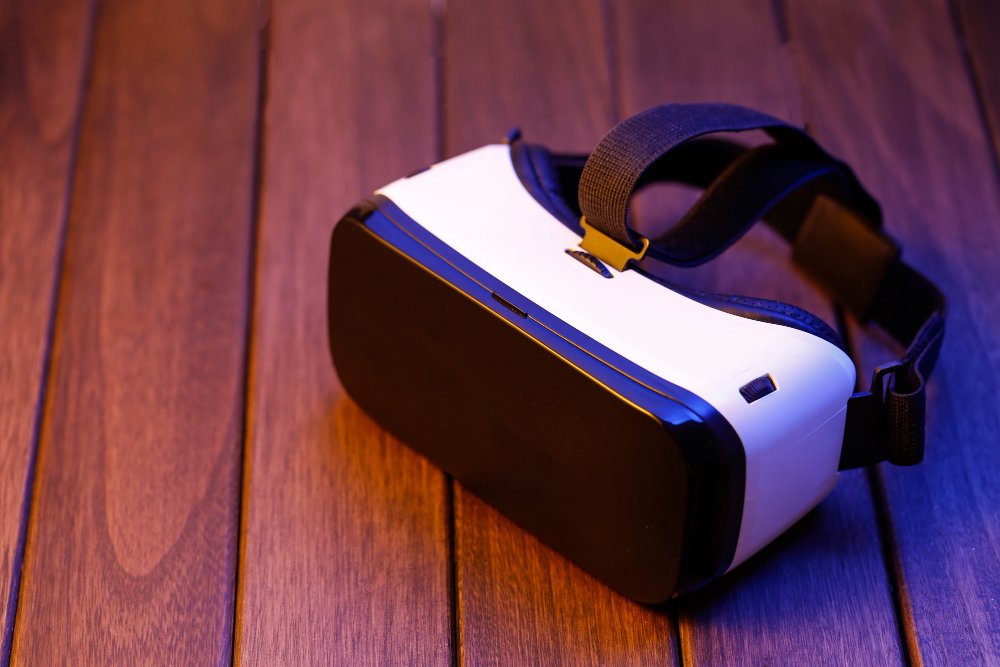The race to develop thinner, lighter, and more comfortable AR/VR headsets is reshaping the future of immersive technology. For years, Fresnel lenses have been the standard in virtual reality devices, but they come with clear limitations—bulky designs, reduced clarity, and visual artifacts like glare or halo effects that disrupt the user experience.
This challenge has opened the door for a new solution: the pancake optical module. Unlike traditional lenses, pancake optics fold the light path within the lens itself, allowing for compact and lightweight headset designs without compromising image quality.
In this article, we’ll explore what a pancake optical module is, how it works, its key benefits and challenges, current applications, and its future role in AR/VR development.
What Is a Pancake Optical Module?
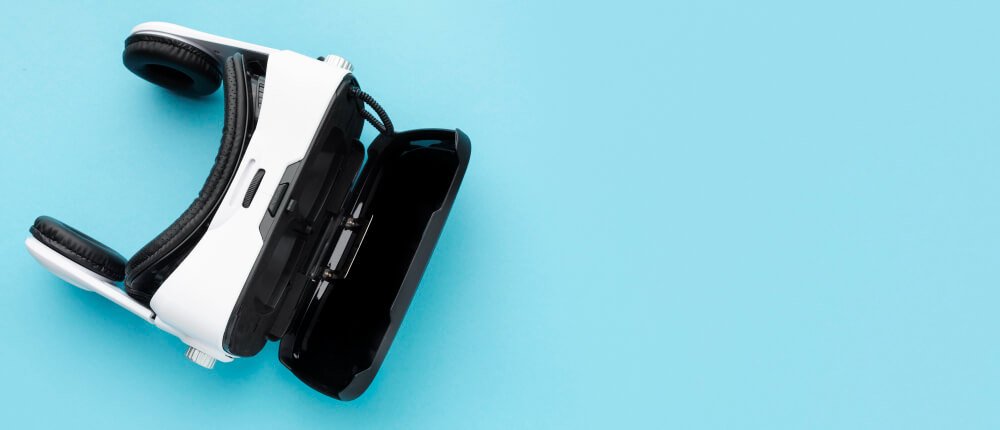
A pancake optical module is an advanced lens system designed to minimize the physical space light needs to travel, making AR/VR headsets thinner, lighter, and more comfortable to wear. The term “pancake” comes from its slim, flat profile, which stands in sharp contrast to the bulky optics used in traditional headset designs.
Unlike conventional lenses that rely on a long, straight light path, pancake optics fold light multiple times using reflective and polarizing layers before directing it to the user’s eyes. This folded-light approach significantly reduces headset depth while maintaining image clarity, solving one of the biggest challenges in virtual reality—weight and comfort.
Key Components in Pancake Optics
- Polarizers : These layers control the polarization of light, ensuring it moves in the correct orientation for sharp, high-quality visuals.
- Partial Mirrors : They reflect and redirect light multiple times within the lens system, helping achieve the folded light path used in pancake optics.
- Liquid Crystal Layers : These layers fine-tune the optical properties, improving clarity and reducing distortions.
- Lens Elements : The final lens components focus the processed light into a clear image that reaches the user’s eyes.
How a Pancake Optical Module Works
At its core, the working principle of pancake optics lies in folding light within the module:
- Light enters the system from the display panel (often LCD or micro OLED).
- It passes through a polarizer, aligning the light waves.
- The light is then reflected multiple times between partial mirrors inside the lens.
- These reflections fold the light path, effectively shortening the distance it must travel.
- The final focused image reaches the user’s eye with enhanced clarity.
Pancake Optics vs Fresnel Lenses
- Fresnel Lenses – Traditional VR optics are bulkier and often cause visual issues such as glare, halos, and “god rays.”
- Pancake Optics – A modern alternative that delivers a thinner, lighter design with sharper images and reduced distortion.
This folded-light method is the reason modern AR/VR headsets with pancake optical modules feel much lighter and more comfortable compared to older, bulkier designs.
Key Benefits of Pancake Optical Modules in AR/VR
So, why are pancake optics becoming the industry’s preferred choice?
- Lightweight Design – Folding light paths reduces headset bulk, making devices more comfortable for long use.
- Thinner Form Factor – Enables sleeker, goggle-like AR glasses instead of bulky VR helmets.
- Improved Clarity – Minimizes chromatic aberration, glare, and halo effects seen in Fresnel lenses.
- Better Comfort – Less strain on the neck and face, crucial for enterprise and professional use.
- Wider Field of View (FOV) – Provides more immersive experiences without increasing lens size.
Real-World Examples of Benefits
- Meta Quest Pro: One of the first mainstream headsets to use pancake lenses, resulting in a thinner design.
- Pico 4: Affordable consumer VR headset with pancake optics, praised for its comfort.
- Apple Vision Pro: Premium device with advanced pancake optics paired with micro OLED for ultra-high clarity.
These examples show that pancake modules are no longer experimental—they’re already in next-gen devices.
Limitations & Challenges of Pancake Optical Modules
While pancake optics offer clear advantages, they’re not perfect. Some limitations include:
- Higher Manufacturing Cost : More complex designs and materials make pancake modules expensive.
- Brightness Loss : Each light reflection inside the module reduces brightness, requiring stronger displays.
- Battery Impact : Since brightness needs to be boosted, battery consumption can increase.
- Durability & Mass Production : Scaling the technology for affordable mass-market devices remains a challenge.
For now, only mid to high-end headsets feature pancake modules, but costs are expected to decrease as adoption grows.
Pancake Optical Modules in Today’s AR/VR Devices
The shift toward pancake optics is already happening in both consumer and enterprise AR/VR headsets, with several leading devices showcasing how this technology enhances comfort and image quality.
Meta Quest Pro
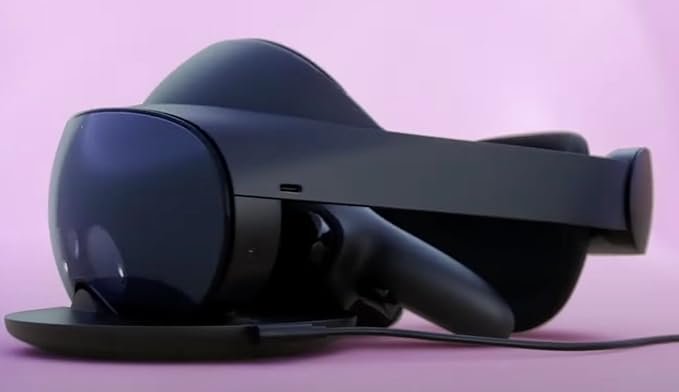
Meta has integrated pancake optical modules to make the headset slimmer and more balanced. Unlike earlier Fresnel-based designs, the Quest Pro reduces glare and distortion, while also delivering sharper visuals. This makes it more comfortable for longer VR sessions, whether for gaming, work, or productivity.
Pico 4
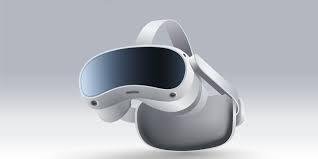
The Pico 4 demonstrates how pancake optics can also be applied to more affordable headsets. By using a folded light path, it achieves a lightweight form factor that appeals to casual users who want better comfort without paying a premium price.
Apple Vision Pro
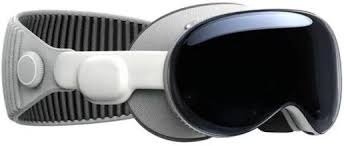
Apple takes a premium approach by combining pancake lenses with micro OLED displays. This pairing delivers exceptional resolution, true-to-life colors, and a highly immersive experience, while keeping the headset surprisingly compact for such powerful hardware.
HTC and Lenovo
Both companies are experimenting with pancake optical modules in their upcoming AR/VR products. This exploration suggests that the technology will soon become a standard feature across enterprise-grade and consumer headsets.
This growing adoption shows that pancake optics are becoming a standard in next-generation headsets.
The Future of Pancake Optical Modules in AR/VR
Looking ahead, pancake optical modules are set to play a transformative role in immersive technology.
Key Future Trends
- Mainstream AR Glasses: Slimmer pancake optics may help make AR glasses as wearable as regular eyewear.
- Micro OLED Integration: Pairing pancake modules with micro OLED displays will deliver ultra-thin, power-efficient designs.
- Hybrid Optics: Combination of pancake lenses with holographic or waveguide optics for next-level clarity.
- Mass Adoption: As costs decline, pancake optics will move from premium to mid-range devices.
Industry analysts predict that by 2030, most consumer and enterprise AR/VR devices will rely on some form of pancake optics.
Conclusion
The pancake optical module represents one of the most important innovations in AR/VR optics. By folding light paths, it enables thinner, lighter, and more comfortable headsets while improving image quality. Despite challenges like brightness loss and higher costs, the benefits outweigh the drawbacks, and adoption is quickly accelerating.
With companies like Meta, Apple, and Pico already leading the way, it’s clear that pancake optics will play a central role in the future of AR/VR technology.
FAQ
Q1: Do all VR headsets use pancake lenses?
No. Many older or budget VR headsets still use Fresnel lenses due to cost. Pancake optics are mostly found in newer models.
Q2: Are pancake lenses better than Fresnel lenses?
Yes. Pancake lenses are thinner, lighter, and produce clearer visuals, though they are more expensive to manufacture.
Q3: Will pancake optics make AR glasses mainstream?
Very likely. As pancake modules get smaller and cheaper, they could enable slim AR glasses suitable for everyday use.

